How Do Cellular Cameras Work?
Cellular cameras, also known as cellular trail cameras or wireless game cameras, have revolutionized the way we monitor wildlife, property, and remote locations. These devices combine the functionality of traditional trail cameras with the convenience of cellular technology, allowing users to receive real-time images and videos directly to their smartphones or computers. In this article, we will delve into the workings of cellular cameras, their components, and their applications, providing a comprehensive understanding of this innovative technology.
Understanding Cellular Cameras
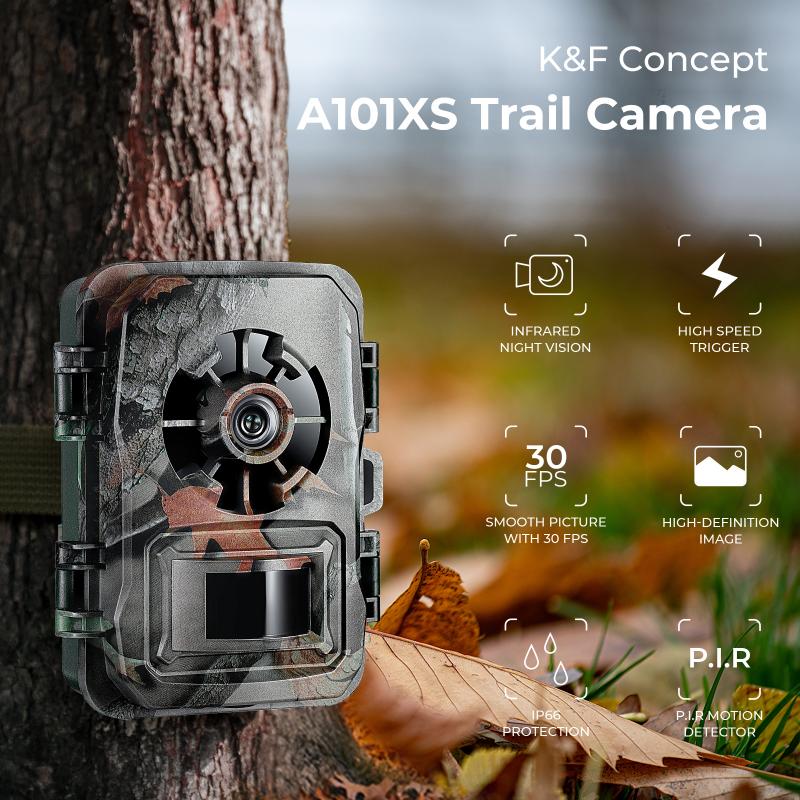
At their core, cellular cameras are designed to capture images and videos of their surroundings, much like traditional trail cameras. However, what sets them apart is their ability to transmit this data over cellular networks. This feature eliminates the need for physical retrieval of the camera's memory card, making it possible to monitor remote areas without frequent visits.
Key Components of Cellular Cameras
1. Camera Module: The camera module is responsible for capturing images and videos. It typically includes a lens, image sensor, and infrared LEDs for night vision. The quality of the camera module can vary, with higher-end models offering higher resolution and better low-light performance.
2. Motion Sensor: Cellular cameras are equipped with motion sensors, usually passive infrared (PIR) sensors, which detect movement within a certain range. When motion is detected, the camera is triggered to capture an image or video.
3. Cellular Modem: The cellular modem is the component that enables the camera to connect to cellular networks. It functions similarly to the modem in a smartphone, allowing the camera to transmit data over 3G, 4G, or even 5G networks.
4. Antenna: The antenna is crucial for maintaining a strong cellular signal. Some cameras come with built-in antennas, while others have external antennas that can be adjusted for better reception.
5. Power Source: Cellular cameras can be powered by various sources, including batteries, solar panels, or external power supplies. Battery life is a critical consideration, as frequent image transmission can drain power quickly.
6. Storage: While cellular cameras transmit data wirelessly, they also have local storage options, such as SD cards, to store images and videos. This ensures that data is not lost if the cellular connection is temporarily unavailable.
7. Control Unit: The control unit is the brain of the camera, managing all its functions, including image capture, motion detection, and data transmission. It also handles settings and configurations, which can often be adjusted remotely via a mobile app or web interface.
How Cellular Cameras Work
The operation of a cellular camera can be broken down into several steps:
1. Motion Detection: The camera's PIR sensor detects movement within its range. This triggers the camera to wake up from its low-power state and prepare to capture an image or video.
2. Image/Video Capture: Once motion is detected, the camera module captures an image or video. The quality and duration of the capture can be configured based on user preferences.
3. Data Compression: To facilitate faster transmission and reduce data usage, the captured image or video is often compressed. This step is crucial for ensuring that the data can be sent quickly over cellular networks.
4. Data Transmission: The compressed data is transmitted via the camera's cellular modem. The modem connects to the nearest cellular tower and sends the data to the user's designated device, such as a smartphone or computer.
5. Notification: The user receives a notification, typically through a mobile app or email, alerting them that new data is available. They can then view the image or video in real-time.
6. Storage: The captured data is also stored locally on the camera's SD card. This provides a backup in case the cellular transmission fails or if the user wants to review past footage.
Applications of Cellular Cameras
Cellular cameras have a wide range of applications, making them valuable tools for various users:
1. Wildlife Monitoring: Researchers and wildlife enthusiasts use cellular cameras to monitor animal behavior and track species in remote areas. The ability to receive real-time data reduces the need for frequent site visits and minimizes human disturbance.
2. Security Surveillance: Property owners and security professionals deploy cellular cameras to monitor homes, businesses, and construction sites. The real-time alerts help in quickly responding to potential security threats.
3. Hunting: Hunters use cellular trail cameras to scout game and plan their hunting strategies. The cameras provide valuable insights into animal movements and patterns.
4. Environmental Monitoring: Cellular cameras are used in environmental studies to monitor changes in ecosystems, track weather conditions, and observe natural events such as wildfires or floods.
5. Agriculture: Farmers use cellular cameras to monitor livestock, check on crop conditions, and ensure the security of their property. The cameras help in making informed decisions and improving farm management.
Advantages and Limitations
Advantages
1. Remote Monitoring: The primary advantage of cellular cameras is the ability to monitor remote locations without the need for physical presence. This is particularly useful for areas that are difficult to access.
2. Real-Time Alerts: Users receive instant notifications when motion is detected, allowing for quick responses to potential issues.
3. Reduced Human Disturbance: In wildlife monitoring, cellular cameras reduce the need for frequent visits, minimizing human impact on the environment.
4. Versatility: Cellular cameras can be used in a variety of settings, from wildlife research to property security, making them versatile tools.
Limitations
1. Cost: Cellular cameras and their associated data plans can be expensive, especially for high-end models with advanced features.
2. Battery Life: Frequent data transmission can drain batteries quickly, requiring regular maintenance or the use of external power sources.
3. Signal Dependence: The effectiveness of cellular cameras depends on the availability and strength of cellular signals. In areas with poor coverage, the cameras may not function optimally.
4. Data Usage: Transmitting high-resolution images and videos can consume significant amounts of data, leading to higher costs and potential data plan limitations.
Cellular cameras represent a significant advancement in remote monitoring technology. By combining the capabilities of traditional trail cameras with cellular connectivity, they offer unparalleled convenience and efficiency. Whether used for wildlife research, security surveillance, hunting, environmental monitoring, or agriculture, these devices provide valuable real-time insights and reduce the need for physical presence. While they come with certain limitations, the benefits of cellular cameras make them indispensable tools for a wide range of applications. As technology continues to evolve, we can expect further improvements in the functionality and affordability of cellular cameras, making them even more accessible and effective for users worldwide.

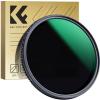
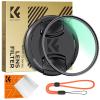


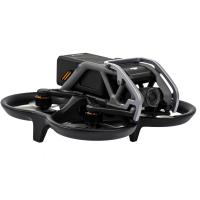

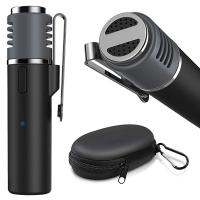
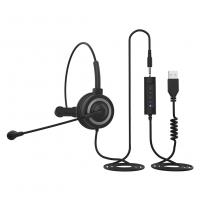


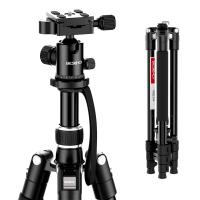
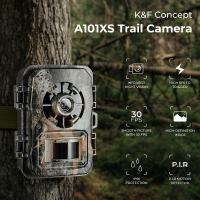
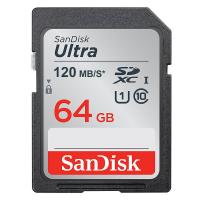
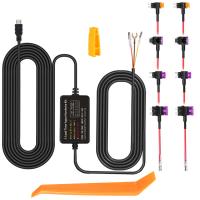





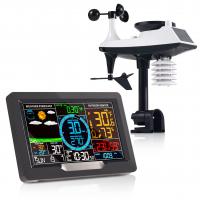

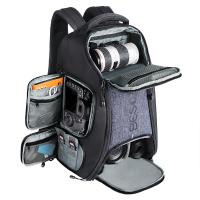

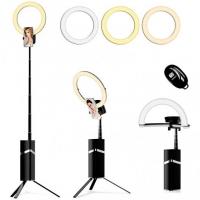
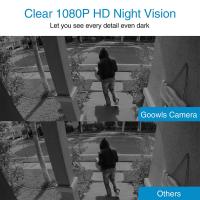
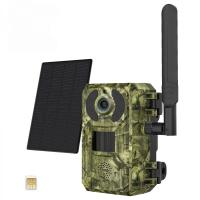





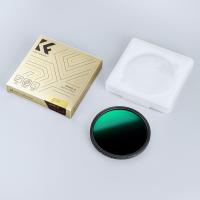


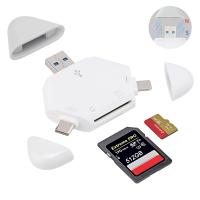
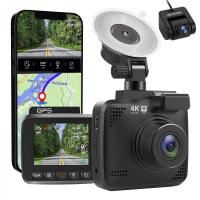

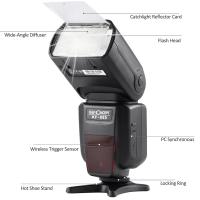

There are no comments for this blog.